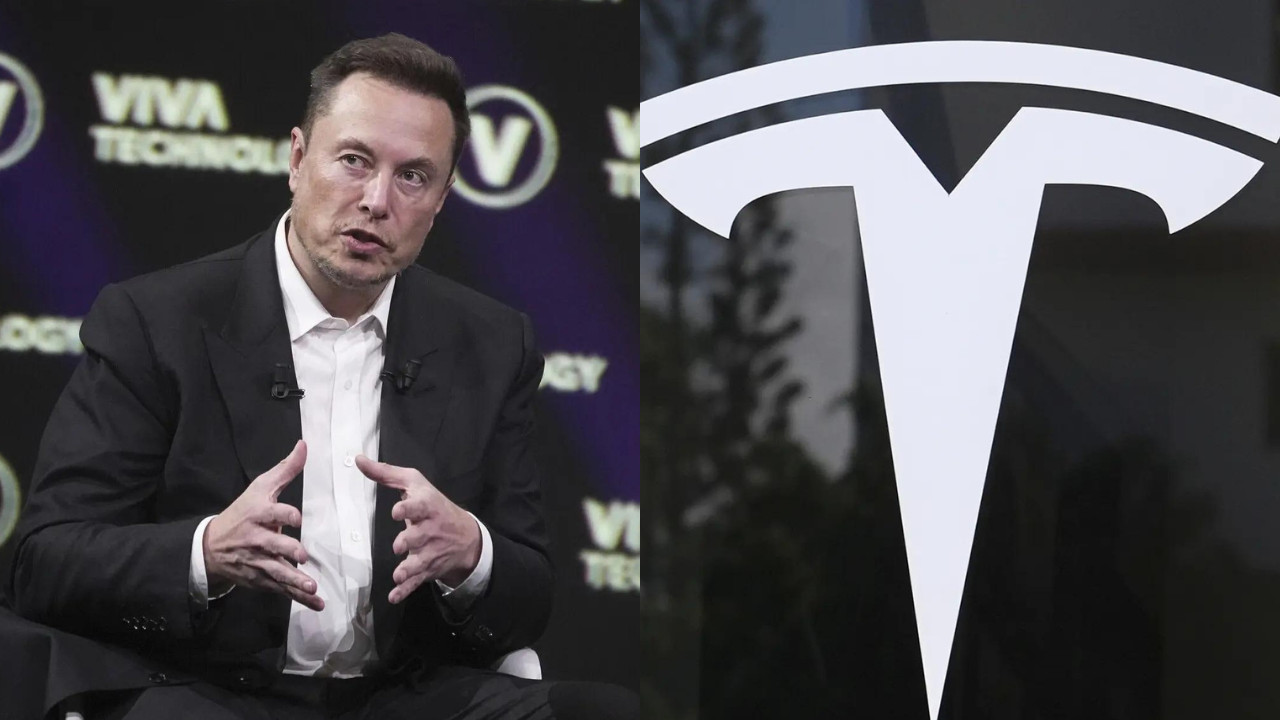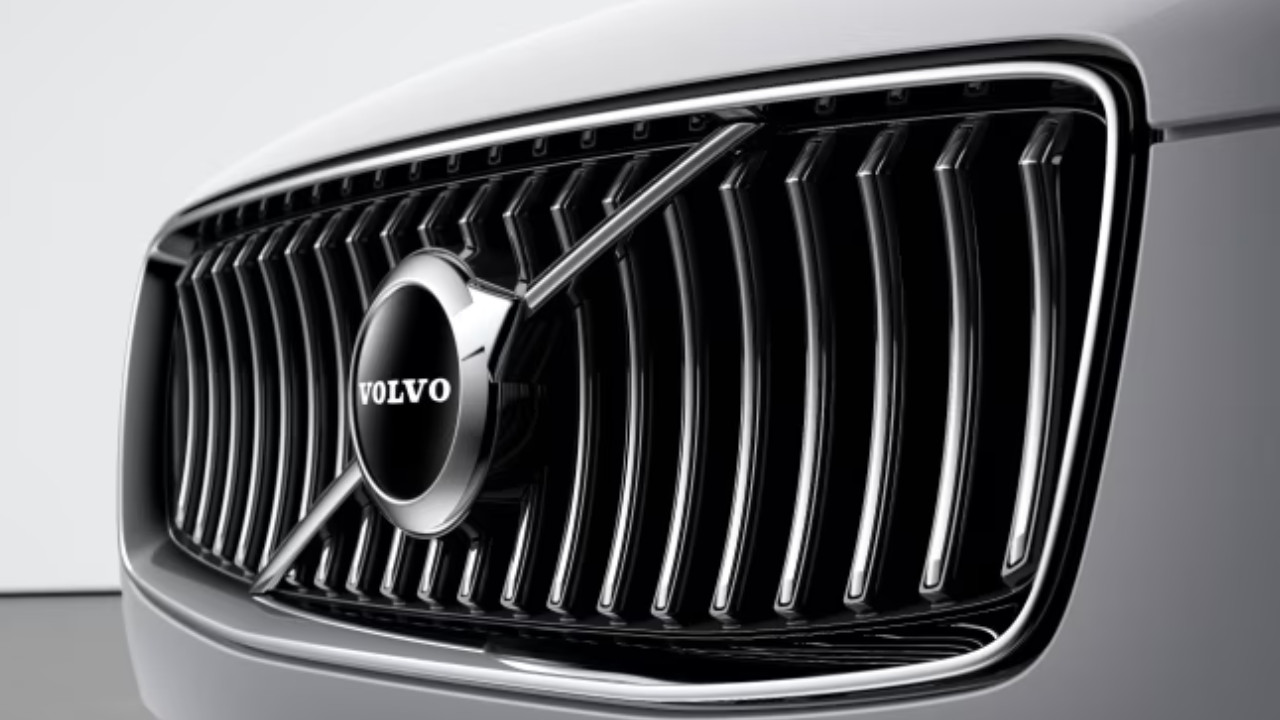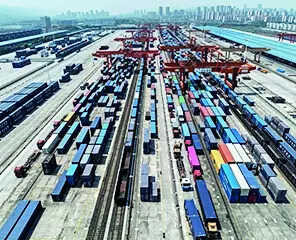When Autopilot Isn’t: Tesla Hit with $243M Verdict in Florida Crash
The hum of electric engines and the promise of hands-free driving – that’s the Tesla dream, right? But sometimes, dreams clash with reality, and the consequences can be devastating. Just ask the family of Jeremy Banner, who tragically lost his life in a 2019 Florida crash while driving his Tesla Model 3.
A Florida jury recently delivered a stinging verdict against Tesla, ordering the electric vehicle giant to pay a whopping $243 million in damages to Banner’s family. The heart of the matter? The jury found Tesla’s Autopilot technology to be partially at fault for the fatal accident.
Banner was driving on a highway near Delray Beach when his Tesla, with Autopilot engaged, inexplicably steered directly under the trailer of an 18-wheeler. The impact was catastrophic.

While the verdict is substantial, the jury assigned only 1% of the blame to Tesla. The majority of the fault (90%) was attributed to Banner himself. The remaining 9% fell on the owner of the trucking company. Even with the small percentage, the sheer magnitude of the damages reflects the profound impact of the loss and the ongoing debate surrounding the safety and reliability of self-driving technology.
What Went Wrong? The Autopilot Debate
The specifics of what went wrong that day in 2019 are intensely debated. Tesla maintains that Autopilot is designed to be used with active driver supervision and that drivers are always responsible for maintaining control of their vehicles. The company even issued a statement calling the verdict “wrong” and indicating plans to appeal.
However, the plaintiffs argued, successfully, that Tesla’s Autopilot system was defective and contributed to the crash. They presented evidence suggesting the system failed to properly recognize the tractor-trailer as an obstacle and didn’t react appropriately to prevent the collision.
This case highlights a critical and ongoing conversation about the limits of current self-driving technology. While advancements in AI and sensor technology have been remarkable, the reality is that these systems are not perfect. They can be confused by unusual circumstances, adverse weather conditions, or simply unexpected obstacles.
The Human Element: Are Drivers Complacent?
A crucial aspect of this case, and many others involving semi-autonomous driving systems, is the role of the driver. How much reliance is too much? Are drivers becoming overly complacent, placing too much trust in technology that is still under development?
The jury’s decision to assign the vast majority of the blame to Banner suggests they believed he was not paying sufficient attention to the road and failed to intervene when Autopilot made a critical error. This underscores the importance of driver education and awareness regarding the limitations of these systems. Drivers must remain vigilant and prepared to take control at any moment. For more on driver safety, see our article on defensive driving techniques.
Tesla Autopilot Under the Microscope: Implications for the Future
This landmark verdict is likely to have significant repercussions for Tesla and the broader autonomous vehicle industry. It will undoubtedly fuel further scrutiny of Autopilot and other similar systems, potentially leading to increased regulatory oversight and stricter safety standards.
It also raises questions about how Tesla markets and communicates the capabilities of Autopilot. Are consumers fully aware of its limitations? Does the name itself – “Autopilot” – create a false sense of security and lead drivers to believe the system is more capable than it actually is?
Ultimately, this case serves as a stark reminder that the road to fully autonomous driving is a long and complex one. While the potential benefits of self-driving technology are undeniable – increased safety, reduced traffic congestion, and greater mobility for individuals with disabilities – it’s crucial to proceed with caution and prioritize safety above all else. The future of driving is undoubtedly changing, but human oversight remains essential.






